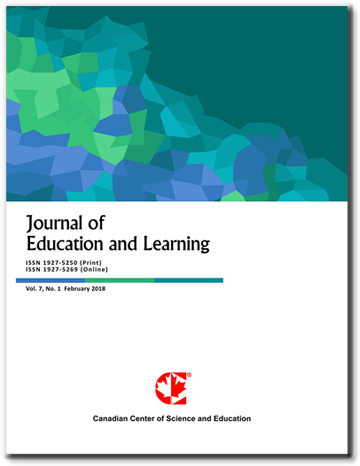Self-Directed Learning Development through Blended Learning in English Opportunity Expansion Schools
- Ammaret Netasit
- Busarakham Intasuk
- Panotnon Teanprapakun
- Pongwat Fongkanta
- Fisik Sean Buakanok
Abstract
Self-directed learning and blended learning are instructional methods to enhance students’ current learning behaviour and promote their lifelong learning. This research aims to develop the self-directed learning instructional model by implementing a blended learning method with English subject group teachers in opportunity expansion schools in Lampang province, Thailand, and to examine the model’s effects. Thirty English language teachers were selected as the sample group by using the voluntary sampling technique. The research instruments were an interview form, a lesson plan assessment form, a teacher evaluation form about teachers’ self-directed learning management behaviour, and a student evaluation form about students’ self-directed learning behaviour. The data analysis employed percentage, mean, standard deviation, and dependent t-test.
This study had two principal outcomes: (1) teachers’ average mean score on instructional behaviour was higher than before the teaching intervention was implemented, a with statistical significance of 0.05; and (2) students’ average mean score on self-directed learning behaviour was higher than before they engaged in the self-directed learning programme, with a statistical significance of 0.05. These results highlighted that to empower students’ learning abilities, it is important to emphasise goal setting, hands-on learning, and teachers’ role in coaching.
- Full Text:
 PDF
PDF
- DOI:10.5539/jel.v14n6p222
Journal Metrics
Google-based Impact Factor (2021): 1.93
h-index (July 2022): 48
i10-index (July 2022): 317
h5-index (2017-2021): 31
h5-median (2017-2021): 38
Index
Contact
- Grace LinEditorial Assistant
- jel@ccsenet.org
